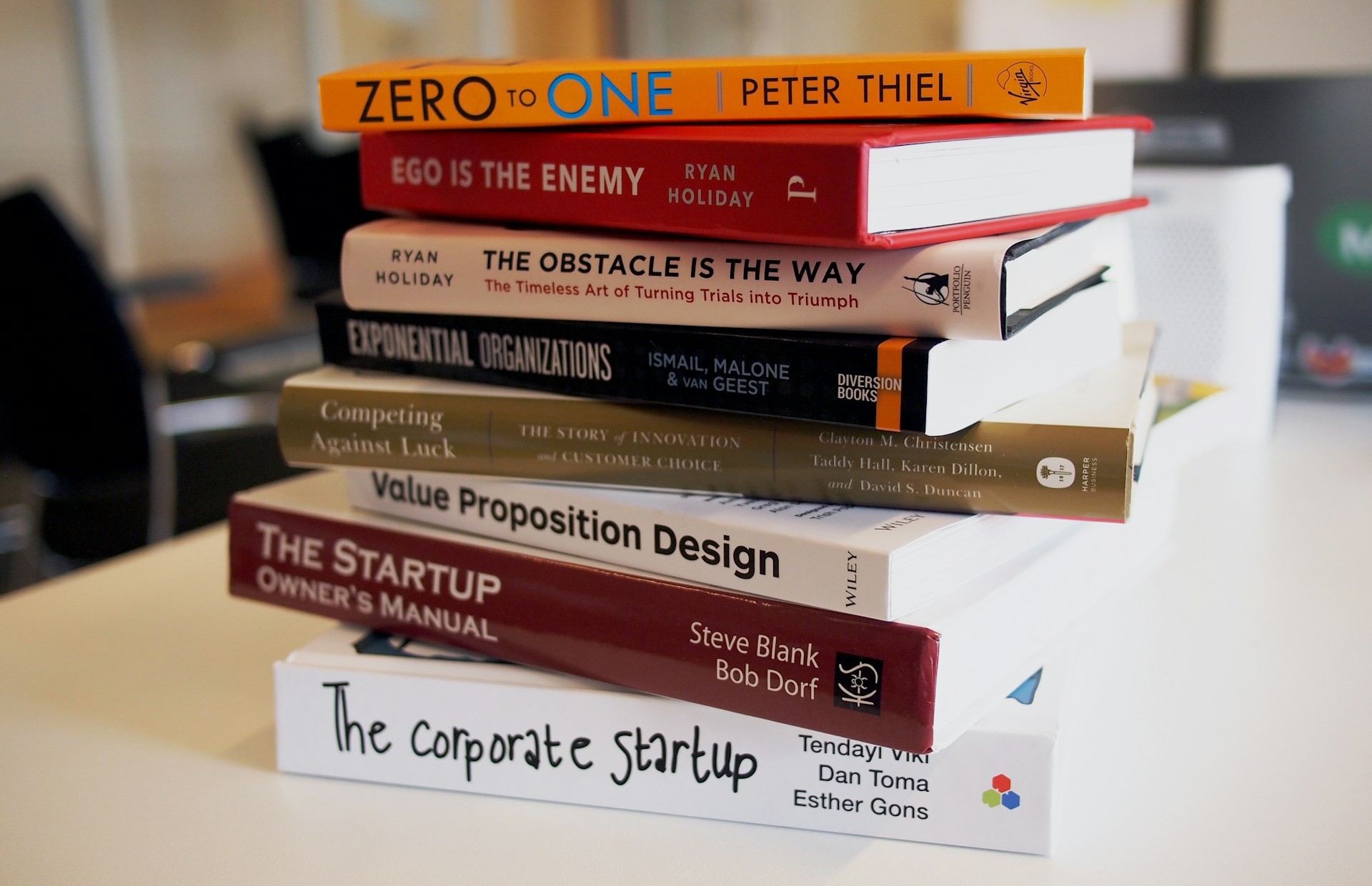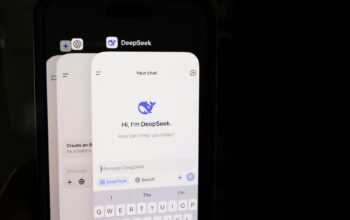Uzone.id – The COVID-19 pandemic didn’t just drastically change the world — it flipped the education system on its head. The edtech industry has boomed during the COVID-19 pandemic and become the new bridge for the students to get education.
Schools, universities and any educational institutions were forced to close their doors and transition to online learning almost overnight. It led millions of students and teachers to depend on digital tools and platforms, and embrace adaptive learning alternatives—other than offline systems.
From online classrooms like Zoom and Google Meet to virtual graduation ceremonies, schools become—forced— to be more advanced. Instead of becoming an alternative during pandemic, this online era became a new thing even after the pandemic.

This new system led to increased investments in edtech startups. In 2021, edtech funding reached a record of about USD 1 billion, according to Magnitt. Sadly, this was short-lived because in 2022, the sector witnessed a 71 percent decline in funding, which will continue through 2023.
Instead of just being a temporary fix, some of the tech innovations are here to stay. Here are three game-changing technologies that are reshaping education in the post-pandemic world.
Who needs classroom when we have Zoom etc
The pandemic showed us that education doesn’t have to happen within four walls. Remember when we all thought Zoom classes would be a short-term thing? Well, turns out, online learning is still here even after they’re opening the school classes.
Online learning platforms like Coursera, Udemy, and Khan Academy have exploded in popularity even after the pandemic hit, making education accessible to anyone with an internet connection.
Students now have access to more learning materials than ever before, without being tied to a traditional schedule. Plus, online platforms offer courses that are often way more affordable than college tuition. So whether you’re learning calculus or coding, you can do it all from the comfort of your couch.
The global online learning market is expected to reach USD 1 trillion by 2027, reported by HolonIQ. Wanna know more facts? Platforms like these aren’t just for college and students anymore.
These platforms are being used by everyone, from K-12 students, professionals, even employees who’re looking to level up their skills.
Ginni Rometty, former CEO of IBM, puts it best: “The reality is that education is going to be lifelong, continuous, and personalized. That’s the new model.”
AI-powered tool as your study buddy
Artificial intelligence is no longer just a sci-fi fantasy — it’s here, and it’s changing the way we learn. Let’s say ChatGPT, Gemini AI and Gradescope are the examples.
AI is making education more efficient, accessible, and customized. Think about it: instead of sitting through a class that’s either too slow or too fast, you get lessons that are just right for your pace. Plus, AI tools can give real-time feedback, helping students improve faster than ever before.
These tools are being integrated into classrooms to personalize the learning experience. AI tools can help students who need more time to understand concepts by offering personalized lessons, while students who excel can move on faster.
“AI will allow education to be more personalized. It’s like having a tutor for every student,” said Sal Khan, the founder of Khan Academy.
Level up learning by using Gamification
Who says learning has to be boring? Not anymore! Enter gamification — where education gets a glow-up and becomes a game.
During the pandemic, platforms like Minecraft: Education Edition saw a major spike in use, helping students stay awake while learning remotely.
And it’s not just for fun — gamification indeed works. A report by TalentLMS found that 89 percent of learners felt more productive when their learning was gamified.
Real example is Duolingo, with its streaks and rewards that make you feel like a language-learning pro, or Quizlet, where studying feels like a competition you need to win.
“Games aren’t just fun distractions. They can be incredibly powerful tools for motivating people to learn and solve real-world problems,” said Jane McGonigal, a game designer and researcher.
Gamification isn’t just about making learning more fun; it’s about improving engagement and retention. When students are motivated to learn through challenges, rewards, and competition, they’re more likely to stick with it. Whether you’re learning a new language or studying for a history exam, a little friendly competition can go a long way.
The pandemic may have forced education to change, but these tech innovations are making learning more accessible, personalized, and fun. With tech leading the way, education is no longer one-size-fits-all. It’s evolving into something more flexible and exciting and honestly, we’re here for it.















